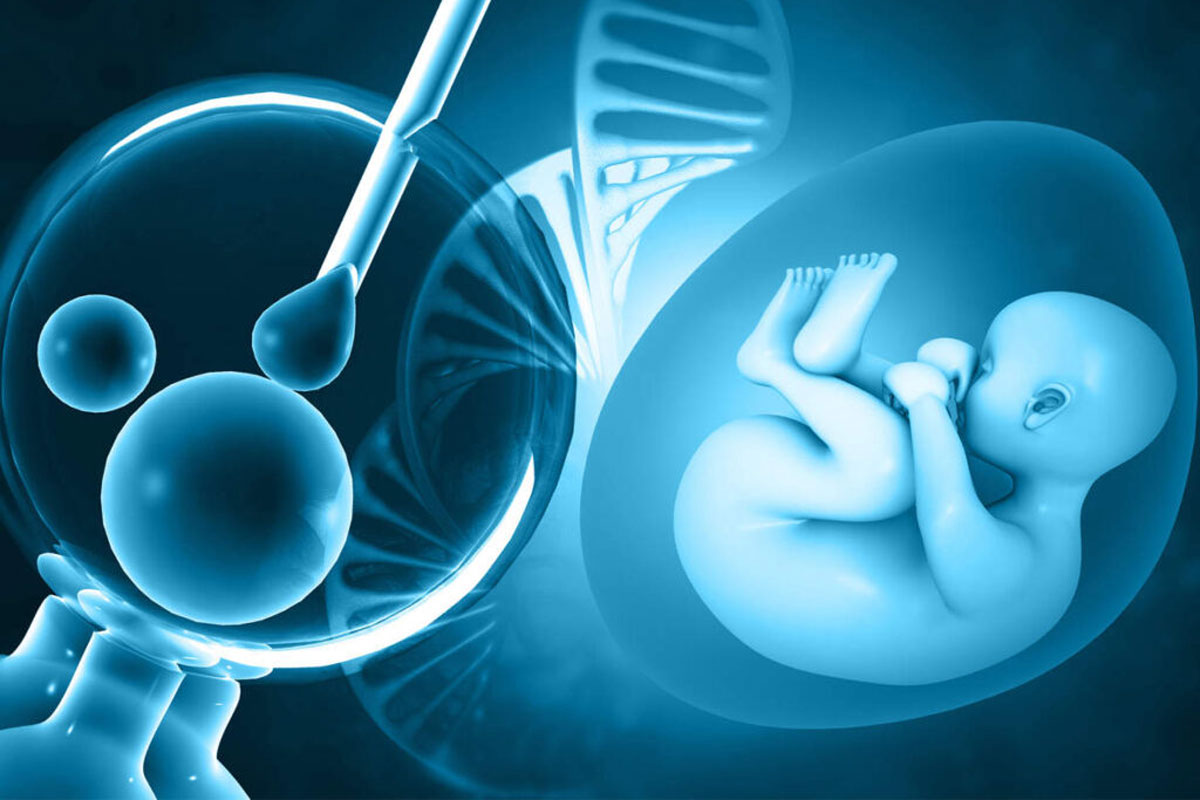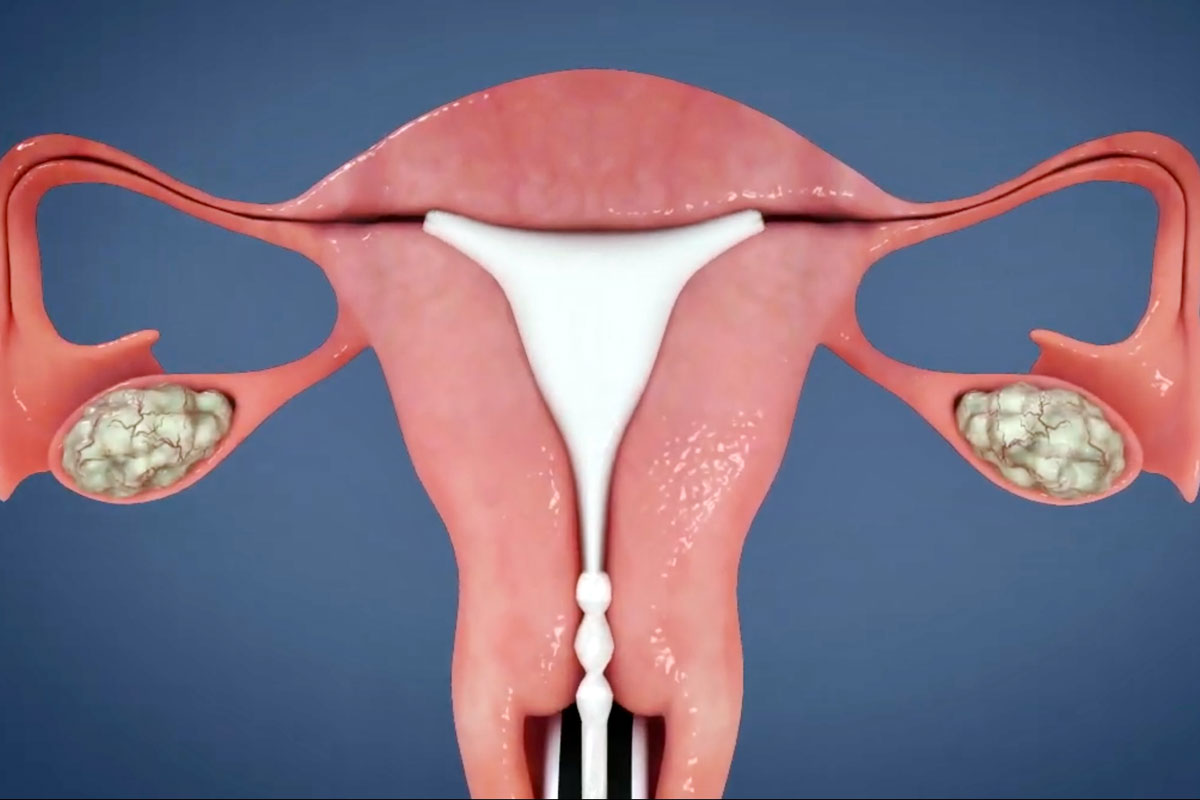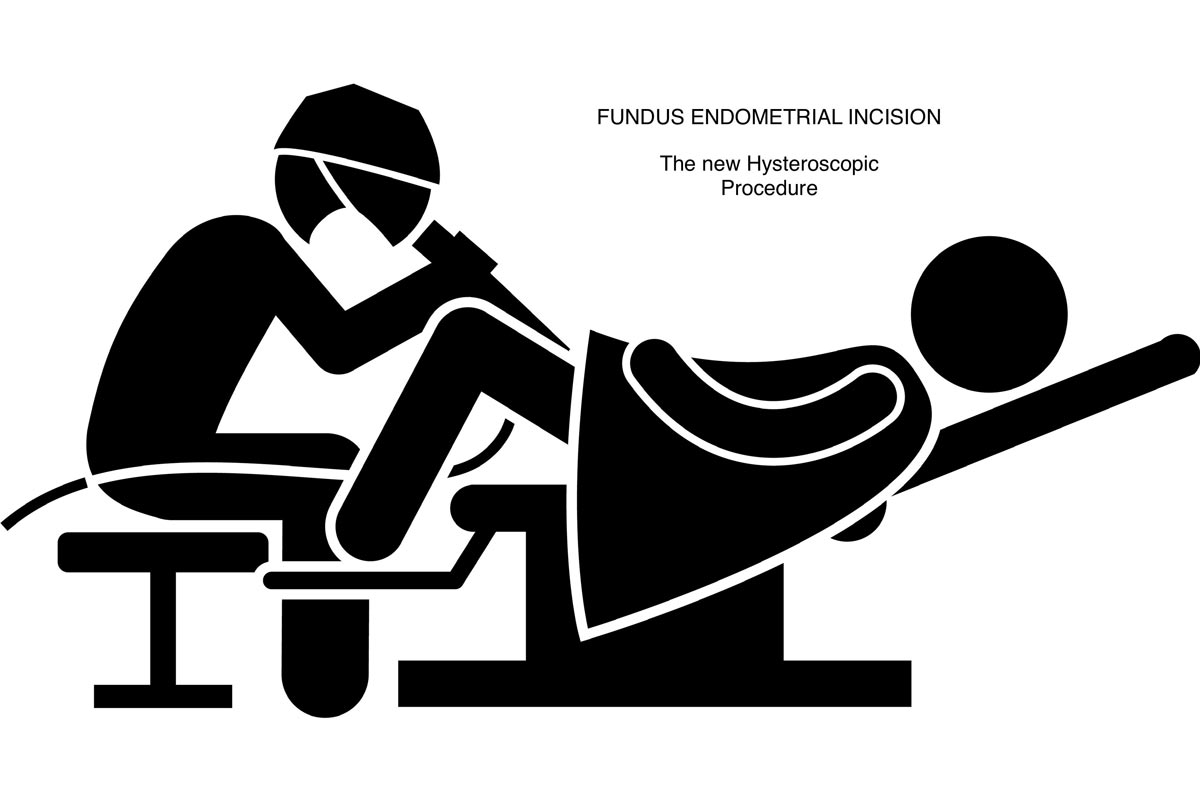Single gene disorders are genetic conditions caused by the alteration or mutation of one specific gene in the affected person's DNA. Examples of single gene disorders are CYSTIC FIBROSIS, SICKLE CELL ANEMIA, TAY SACHS DISEASE, MYOTONIC DYSTROPHY, and DUCHENNE/BECKER MUSCULAR DYSTROPHY, to name a few. Individuals with a family history of single gene disorders are at increased risk for passing the condition onto their children.
Preimplantation genetic testing is able to distinguish between genetically normal or affected embryos. Currently, this is the only way to determine whether the embryo is unaffected with the genetic condition prior to pregnancy.
PGD is an opportunity to reduce your chances of having a child affected by genetic disease. PGD allows the laboratory to determine prior to implantation which embryos are likely to be affected or unaffected by a particular genetic condition. Only the embryos that are predicted to be free of the genetic condition are transferred to the woman's womb. This process reduces the likelihood that a family has to make difficult decisions in a pregnancy following prenatal testing results and may alleviate much anxiety when awaiting results.
There are two basic types of preimplantation diagnosis-polar body analysis and embryo analysis. Both types of analysis have advantages and limitations. Polar body testing focuses on the maternal contribution, and is an earlier method of testing. Generally, polar body testing is performed in any case where the female partner of the couple carries the gene of interest (she may have the condition or she may be a carrier of that condition). When both partners are at risk for a recessive genetic condition (e.g. cystic fibrosis) but they carry different gene changes, it is often recommended only to test for the female contribution via polar body analysis to minimize the risks of misdiagnosis. Embryo testing may account for both maternal and paternal genetic contributions but occurs later and in many circumstances has a higher chance of misdiagnosis. Therefore, this testing is performed in cases in which the male partner has the genetic condition that is being tested for or in cases where it is necessary to have paternal contribution assessed.
Generally, due to the limited amount of DNA that is available for study (one single cell), and due to the limited timeframe to obtain results, a special system for testing will be set up for each family. This testing will rely on a technology known as PCR, which enables the laboratory to use a small amount of DNA and get a rapid result. A system is set up for each family, which will be dependent upon the condition being tested for. Usually, in addition to testing for the gene change, the lab will also determine linked markers, which are used in a fashion similar to DNA fingerprinting. Linkage allows the lab to have several ways to determine which gene(s) has/have been inherited. Therefore, RGI will request different types of DNA samples to prepare the case and develop a system for the family. Once this system has been created for the family, the laboratory tests it on the various samples to assure that the testing works consistently in a single cell setting.
Results are generally given at the time of embryo transfer. If testing is only being performed on polar bodies, results will be available for a day three transfer. If blastomere testing is necessary, the results are available on day five. Since the PGD lab will not have information regarding the status of the embryos, it is most useful to review the results at the time of transfer, when the status of the embryos has been assessed.
The accuracy of the testing will vary depending upon the genetic condition being studied, the method by which it is being studied, and the number of linked markers for the family. In addition, there will usually be a range of different accuracies for each case, as there are several different possible outcomes. On average, for a case performed on polar bodies, accuracy will range from 95-98%, and for a case performed only on blastomeres 90-98%. It is important to keep in mind that the testing focuses in only on the condition being studied, and it is not possible to check for all genetic and/or chromosome problems at this early stage of embryo development.












